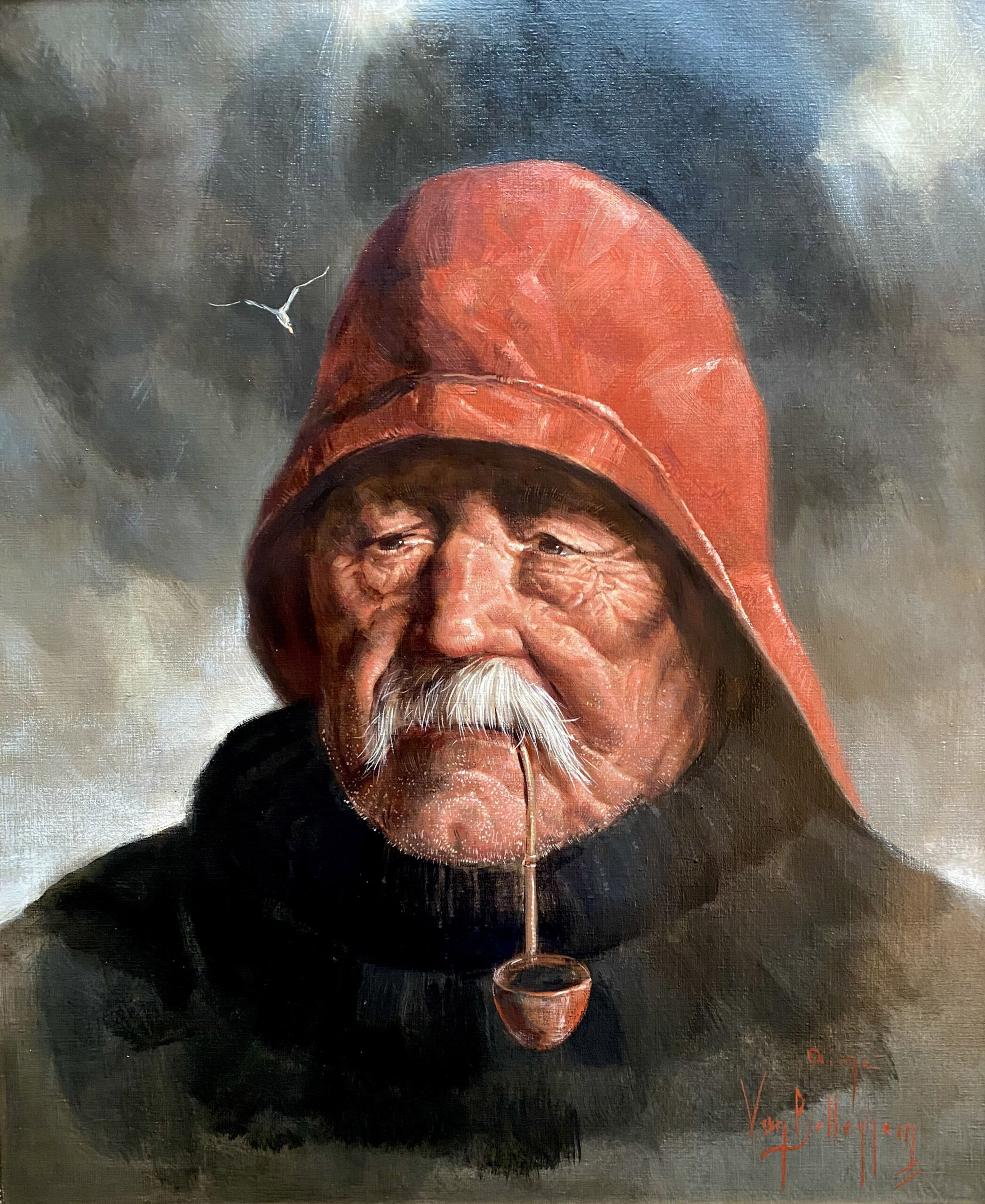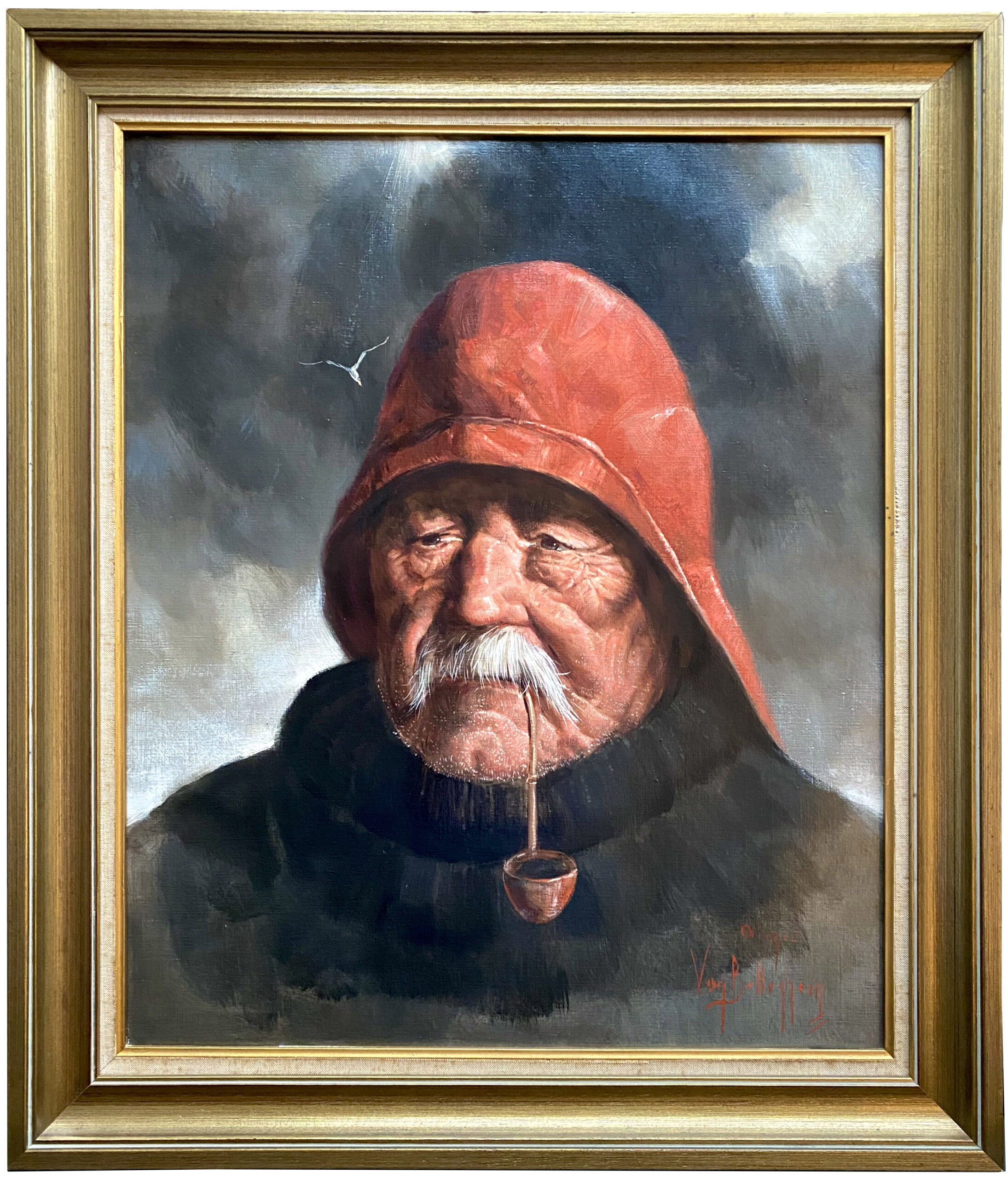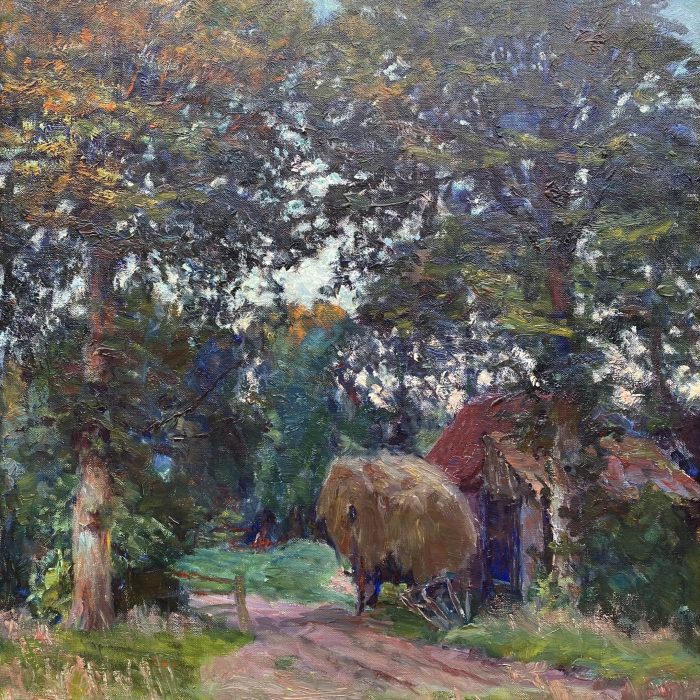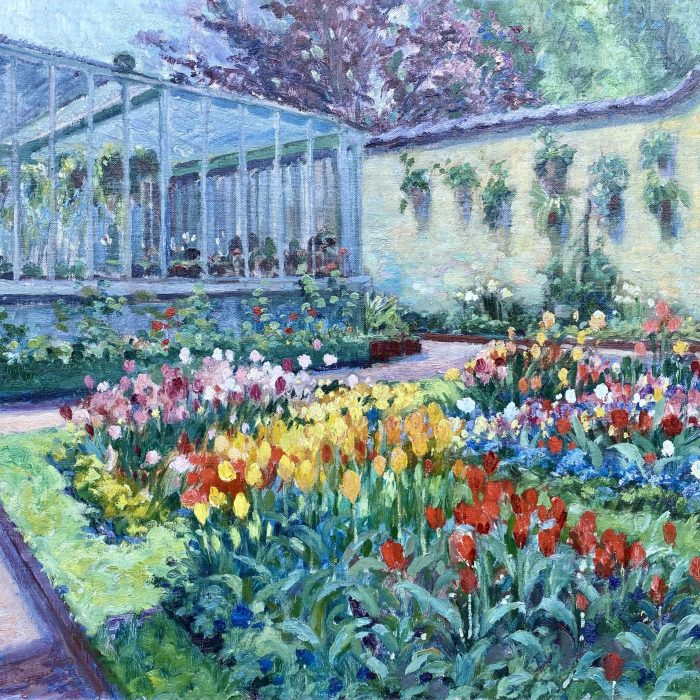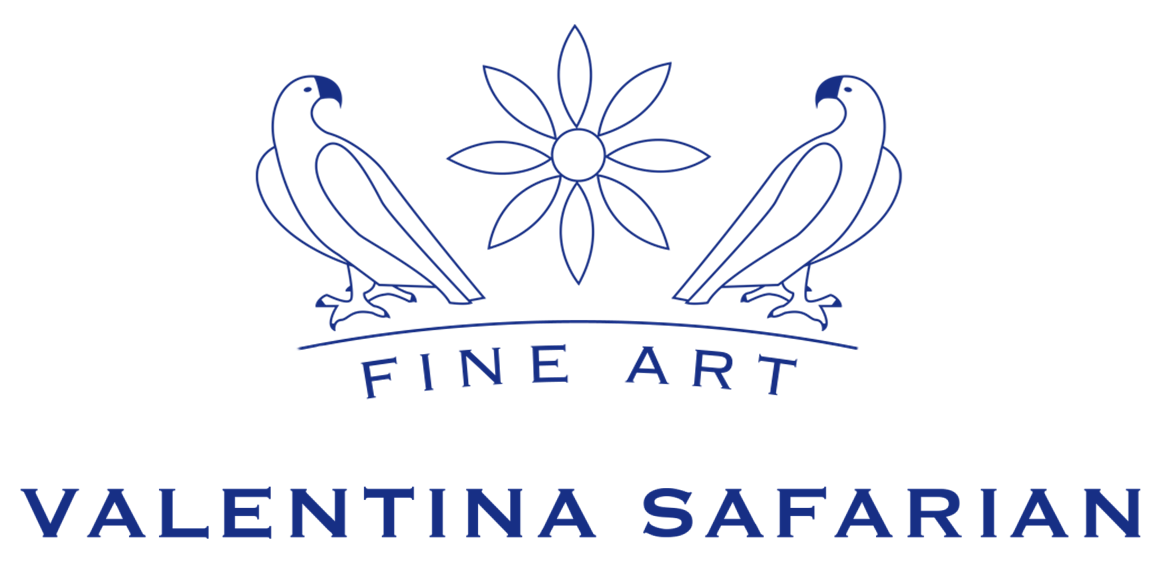Aimé Van Belleghem was born on 9 July 1922 in Veurne, into an artistic family as the son of the landscape painter Jos Van Belleghem. Surrounded from an early age by the atmosphere of the studio, he developed a natural affinity with art. Though self-taught, his talent and determination soon established him as a recognized painter in Belgium.
In the years following the Second World War, Van Belleghem settled in Bruges, where he would remain for the rest of his life. For a short time, he worked as a portrait photographer, but it was the painter’s easel that became his true calling. He grew to be considered part of the Bruges School, a circle of artists who found inspiration in the city’s history, architecture, and atmosphere.
Van Belleghem’s oeuvre is both rich and varied. He created portraits, stadsgezichten of Bruges, surrealist compositions, still lifes, and nudes. His portraits in particular brought him wide recognition: among his sitters were King Baudouin and Queen Fabiola, Bishop Emiel Jozef De Smedt, Mayor Frank Van Acker, and Willy Van Poucke, hoofdman of the ancient Guild of St. Sebastian. These works reflect not only his command of likeness but also his ability to imbue his sitters with dignity and character.
Parallel to these official commissions, Van Belleghem cultivated a more imaginative side in his surrealist paintings. These compositions, often populated with mythological elements, enigmatic figures, and dreamlike atmospheres, reveal an artist deeply engaged with the mysteries of human existence and the power of imagination. He frequently employed the glacis technique, layering transparent coats of paint to achieve a refined depth and luminosity.
His work was not only admired locally but also officially recognized: in 1966 one of his paintings was acquired by the Belgian State, a mark of esteem for his contribution to national art.
Aimé Van Belleghem passed away in Bruges in 1996, leaving behind a legacy that bridges tradition and modernity. His place in the canon of Belgian art is confirmed in key reference works such as Guillaume Michiels’ De Brugse School(1990) and Fernand Bonneure’s Lexicon van Westvlaamse beeldende kunstenaars (1995).
Today, Van Belleghem is remembered as a versatile and independent artist. At once a portraitist of kings and bishops, and a dreamer who gave form to surreal worlds. His paintings remain a testament to both his technical mastery and his imaginative spirit, and they continue to enrich the cultural heritage of Bruges and Belgium.

